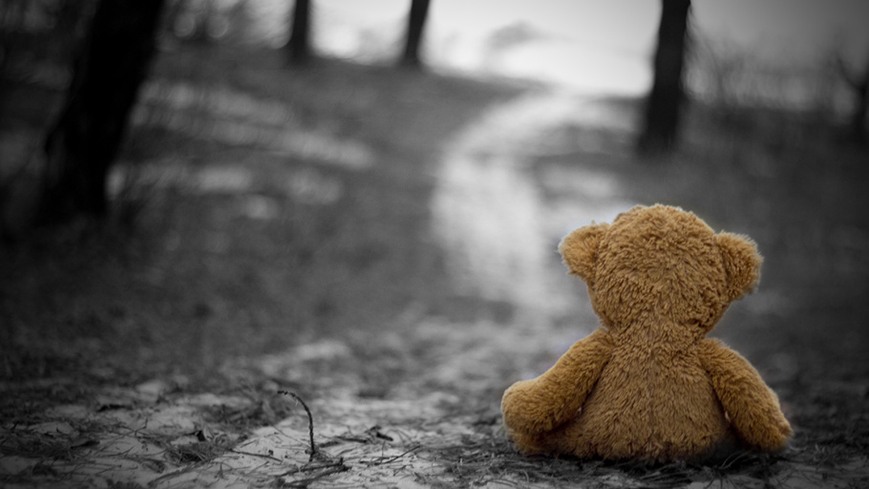I was inspired to write this article by the metamorphosis that happened in April this year. Just as the warm weather established, and delicate leaves developed, and trees began to blossom, and bees were humming, all of a sudden, the weather turned cold, and the north-westerly wind began to blow, and the frost came overnight. It went snowing heavily; we would have that much snow during the whole winter! It was snowing for three days on and off, and the spring grandeur was all covered with wet heavy duvets, white flowers and delicate leaves falling, branches bending to the ground. Many aged trees fell under the great amount of snow on their leaves.
I felt down over this «vagary» of nature: I went outside each two hours and shook this unnecessary snow from the drooping blossomed cherry trees and fragile apple trees, I worried about the delicate little trees that were caught completely unprepared for such a weather, and I cried being powerless. So did people around me. I wondered why this situation awoke an echo in our hearts. I understood that this unexpected snow during the warm spring was a metaphor¹ for human’s life when a disaster suddenly strikes. As it often happens, your life is good, everything is fine, things are looking up, but all of a sudden, «out of a clear sky», a trouble comes. In such moments, you suffer displacement of time and space, you make no difference between yesterday and tomorrow, day and night; you are alone in your pain.
We are programmed to withstand shocks easier when we know what is going on. Let me show you the stages of mourning based on the April snow metaphor.
What human misery is? It is the emotional upheaval, a strong feeling caused by a loss of something or somebody, an unbearable loss. As a person feels miserable, despite the origin of the misery, he goes through several stages.

The first stage is the shock, total arrest (the metaphor for it is: suddenly, in the middle of April, a great amount of snow covered everything with heavy duvets). A person does not believe in the loss yet, does not admit it. Inhibited, petrified, or, vice versa, active, fussy, and nervous, he does not realize the loss. He is insensible to what occurred, it goes over his head. It is very important not to let him lose the touch with reality. Do not leave him alone, just call his name, hug, hold his hand. Words are useless, your presence and silence are the best medicine. If he cries, do not hush him, and don’t be afraid of tears. It is important to let this person cry heart out, unburden himself; tears can heal. This stage takes up to two weeks.
The second stage is the denial (the metaphor for it is: «White snow on white blossomed trees? Impossible!»). The stage takes about thirty – forty days. The person understands what happened but is still unconscious of it. Everything reminds him of the loss, he dreams about it. It is important to speak about what he feels.
The third stage is the pain experience, mourning and admitting the loss (the metaphor for it is: we see many fallen leaves and flowers, branches broken under the snow duvets, and we are unable to do something). This is a period of inner emptiness and lack of energy. It hurts less for some time but the pain comes back. The person tries to accept his state and manage it but with varying success. He might also feel guilty and be angry at himself or others. It is important to recognize these emotions rather than repress or suppress them, just go through this state. He might still cry but less often. This stage takes about six months. It is important to be around, support and turn the grief into hope and remind this person about happy memories.
The fourth stage is the recovery, pain relief (the metaphor for it is: over time, the wind fades, the sun comes out and the snow melts; the bowed branches, flowers and leaves are cleared up, trees straighten, and the life goes on). Here come the true acceptance and integration of the experience of going through the trauma into life. The misery turns into a still grief. The person starts to make plans and generate goals. He finds resources, the life goes on and changes according to the circumstances. What is important here? You should encourage the social activity and fight with the idealism of loss. The end of mourning comes when the person does not become unbalanced when he is reminded of his loss but he derives strength from this loss.
Losses, if gone through successfully, by lapse of time, provide resources and help us to make the most of what we have, to live every moment of life, teach to sympathize and understand the feelings of others.
Author Elena Ustinova
Translator Nataly Bondarenko
Original Text От горевания до исцеления: как пройти этот путь
__________________
Note: metaphor is a figure of speech that refers, for rhetorical effect, to one thing by mentioning another thing.








